Microseason Forecast for Jan 21 - Jan 25 ~ Notes from the Japanese Almanac
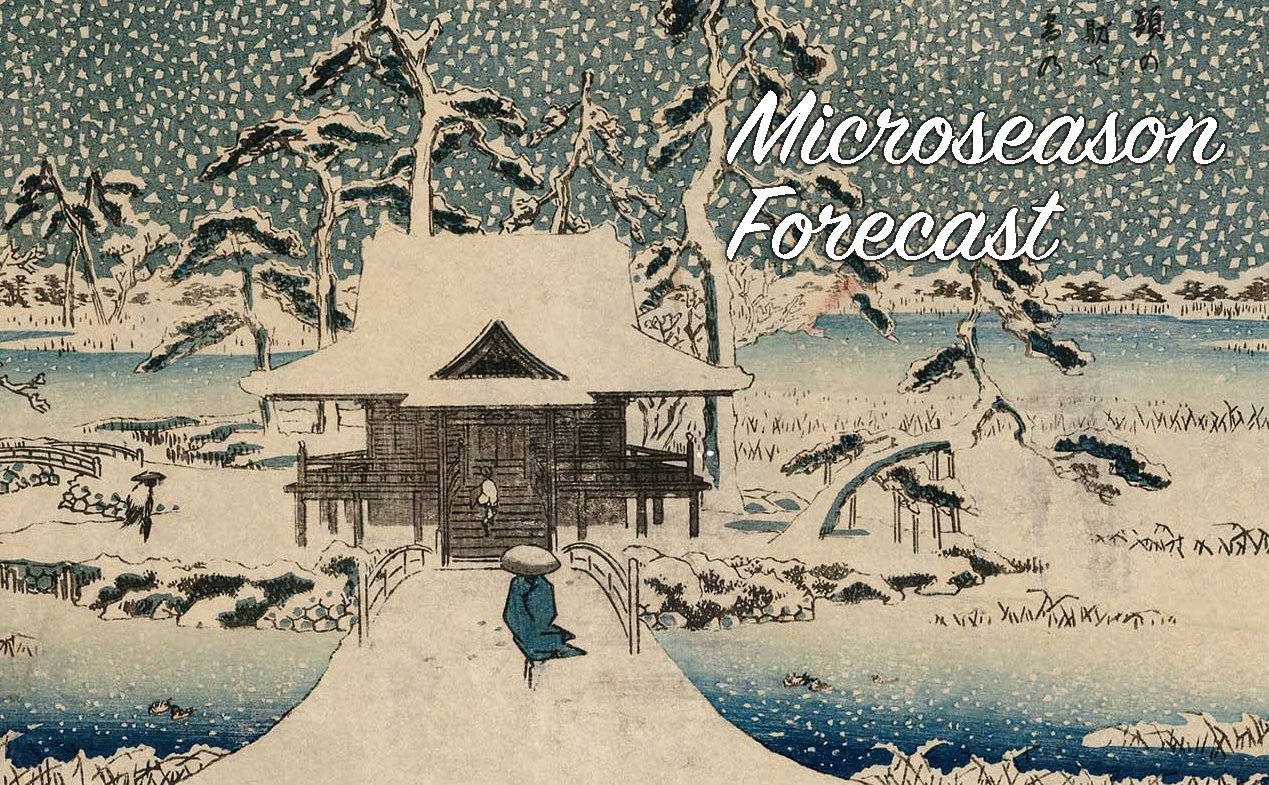
Today begins a new microseason! If this is your first time joining us, scroll down past the forecast to read about what exactly a microseason is. For the rest of you, let’s jump in!
The Current Solar Term: Daikan
Today, Jan 21st, begins Daikan (大寒), the 24th and last solar term (節気, sekki), which means Greatest Cold.
That’s right—the last. This is number 24 of 24. After this one, the new year starts. You may think of it as Chinese New Year, but not so long ago it was also the Japanese new year, and still is in many traditional arts (like this system).
This is also the last solar term of winter. Next one starts spring. But winter never goes out with a whimper, and now is considered the coldest time of the year.
This is this considered the best time for many things, including making miso and sake, and training your body and mind, the last is called daikan misogi (大寒みそぎ) and is commonly seen as people getting into very cold water wearing little more than a white kimono or fundoshi (褌; a loincloth).
Daikan lasts until Feb 3rd.
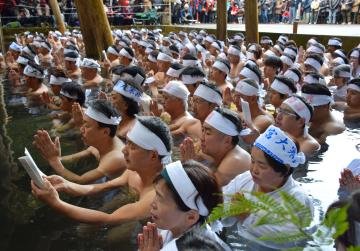
The Current Microseason: The Butterbar Flowers Sprout
Today, Jan 21st, begins 款冬華, the 70th microseason (候, kō) which is read Fukino Hana Saku and means The Butterbar Flowers Sprout. This is the first microseason of Daikan, which is itself the sixth solar term of winter.
The butterbur (フキ) flower is blooming and under the frozen ground, things are continuing to prepare for spring. The flower can be used in many dishes, but is most common as tempura or mixed into miso to create “fukimiso”. It is bittersweet, crisp, and has a strong aroma.
Butterbur is also good to help prevent allergy symptoms, migraines, and even heart and brain damage. Is it any wonder why this is a beloved plant?
The Ainu people (the indigenousness people of Japan) refer to the mythical people who came before them as Korpokkur, “people beneath the butterbur”, and these people were often depicted this way in art, as small creatures using the butterbur leaveas as roofs.
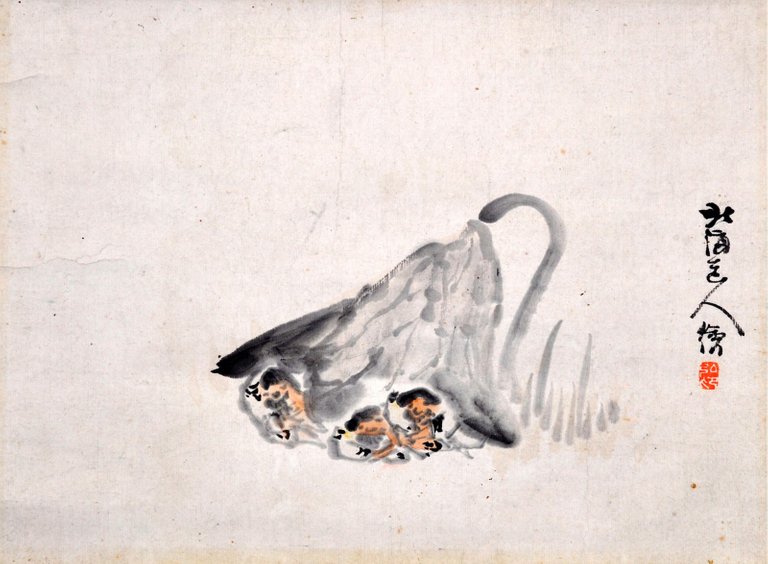
Seasonal Activity: Cold Water
As mentioned above, this entire solar term is known as having the best water of the year, and that starts now, in this microseason. It is said to have a softness that makes it better for producing many things such as sake, miso, soy sauce, and even paper.
It is also said to be more healthy! Traditionally it was told that if you drank kanku no mizu, water drawn in the kan period (which is now), you would live longer. I’m not sure if this kind of medicine would pass many scientific assessments, but why not try, eh? You have nothing to lose.
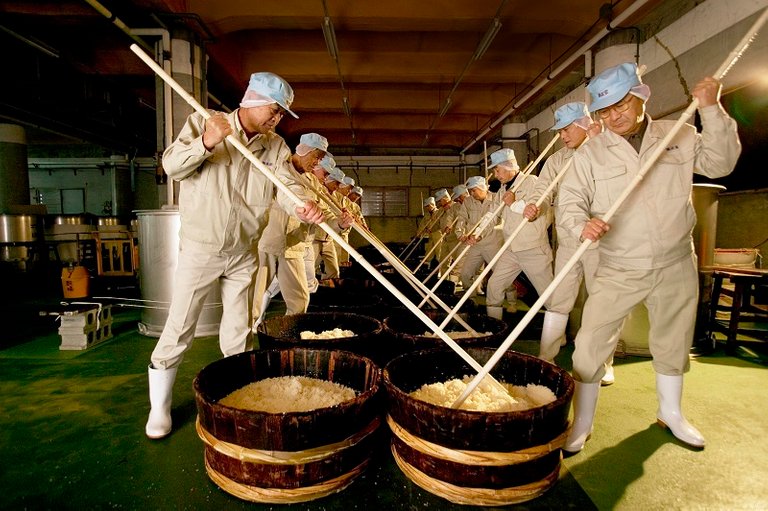
Here is a haiku for this microseason:
kangetsu ni ki o waru tera no otoko kana
chopping wood
a temple man
—Buson
The moon this refers to is the nearly full moon that just passed us a few days ago. As the is the coldest time of the year, this moon is the coldest one we meet. Chopping wood at this time would have been cold business, at least at first before warming up from the work.
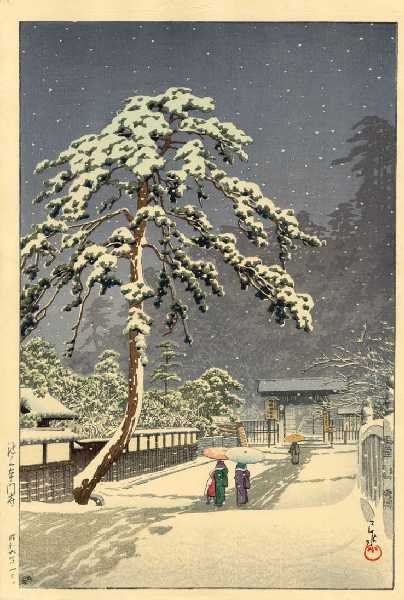
Will move this info to another post one of these days, but for now, briefly:
- Each month has two seasons, called solar terms (節気, sekki), giving us a total of 24 seasons. This gives the system its name, the 24 Sekki (二十四節気). I usually refer to this entire system as The Japanese Almanac. It is more than a little similar to the American Farmer’s Almanac.
- Each of these 24 seasons is further subdivided three more times, giving us a grand total of 72 seasons, or microseasons (候, kō).
- Each microseason is about 5 days. With time periods so short, they can get pretty specific about what in nature we might expect to be happening around now.
- The system was originally from China, but it was reformatted during the Edo Era (1603–1868) to fit better with Japan’s climate. I find it also fits fairly well with much of the Midwest in the Eastern half of the US. But if you live in a different area, your milage may vary.
- The entire system is based on the equinoxes and solstices, so it is fluid and the exact dates will vary by a day or two from year to year. Luckily there are a great many Japanese sources that do the astrological computations for us and tell us exactly when each one starts and ends every year.
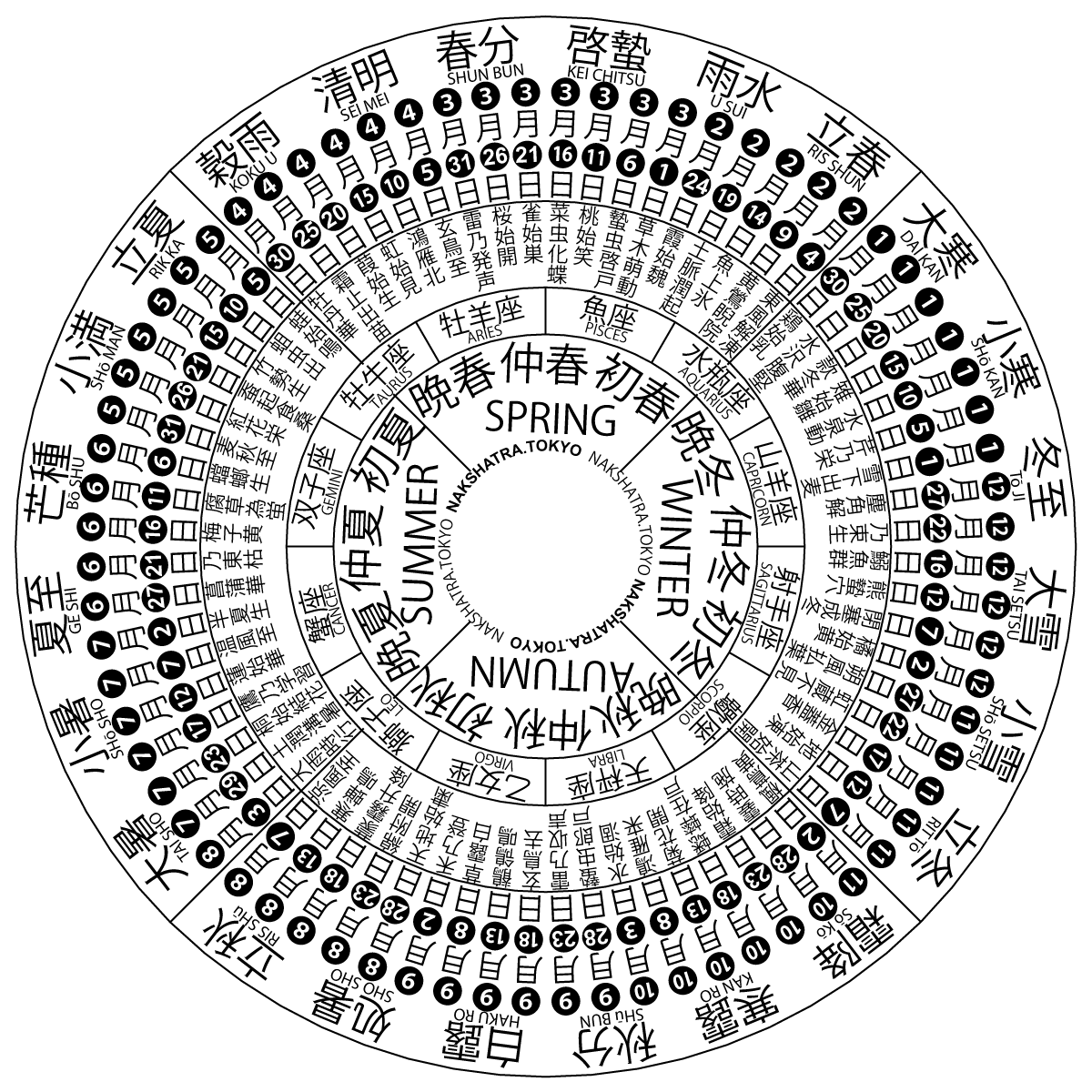
The next microseason starts on 25th. See you then for the next forecast!